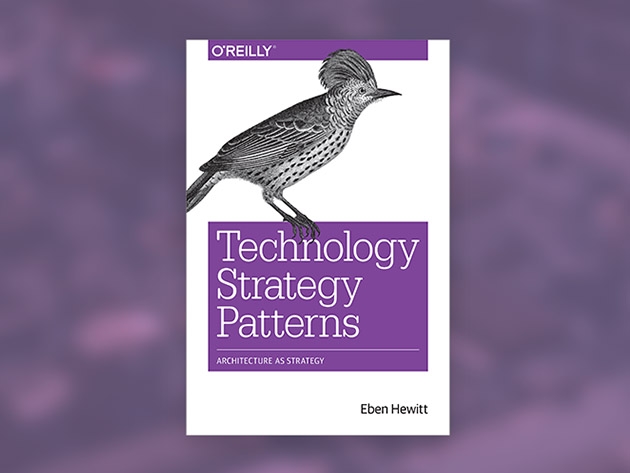Software Architecture eBook Bundle by O'Reilly
$9.99$195.96
You save 94%
What's Included
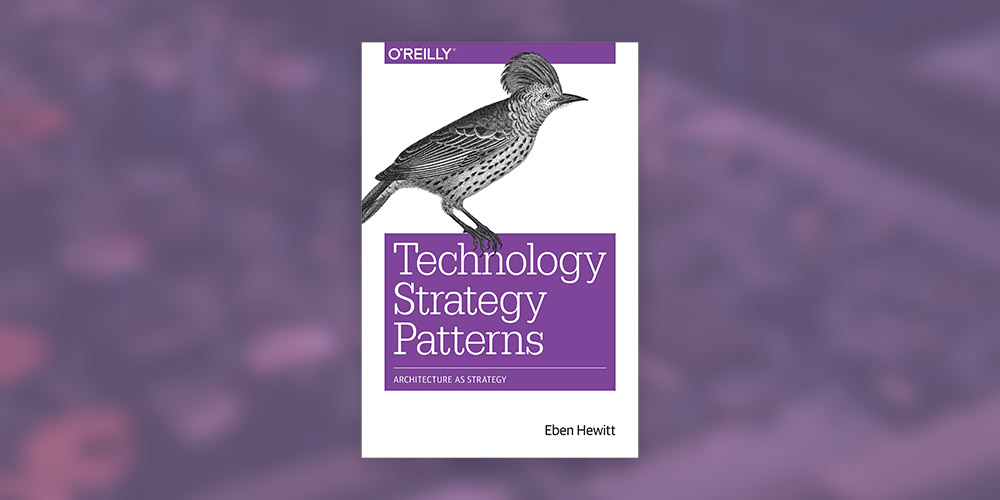
$38.00 Value
Technology Strategy Patterns: Architecture as Strategy
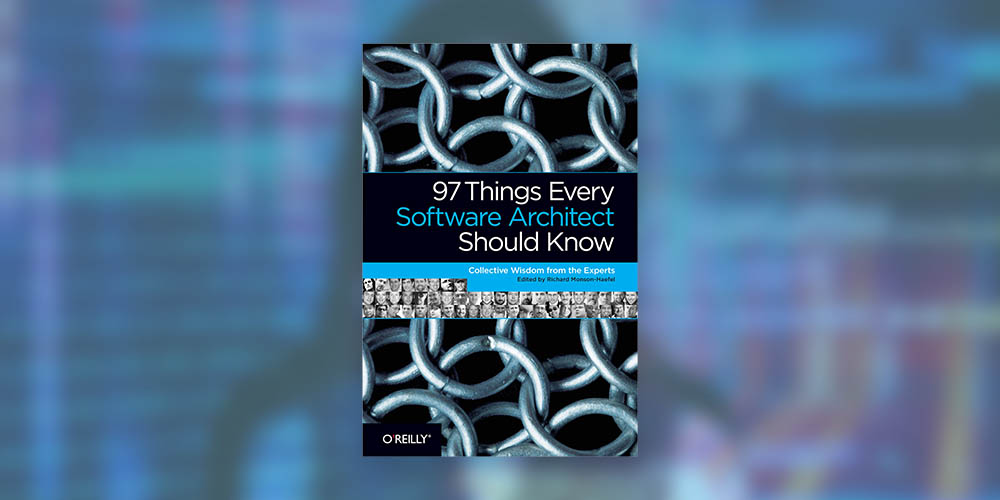
$50.99 Value
The Software Architect Elevator
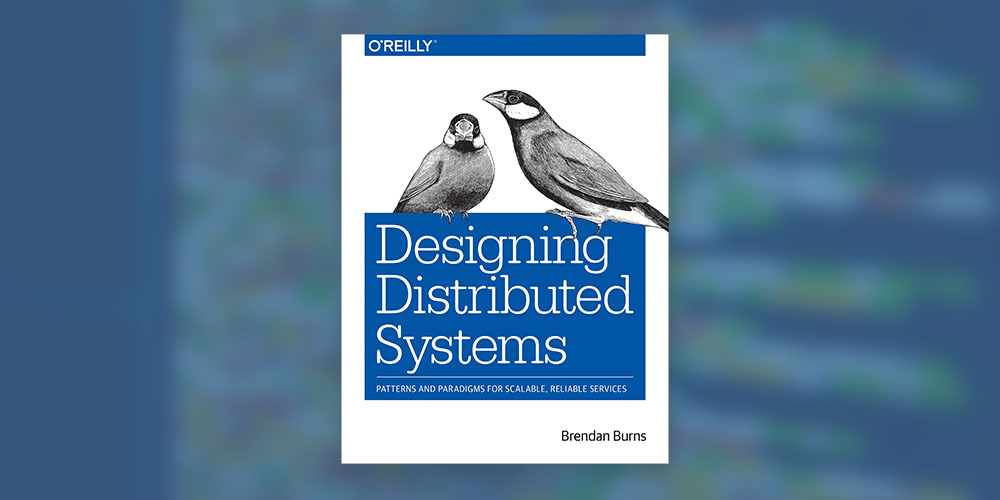
$44.99 Value
Designing Distributed Systems
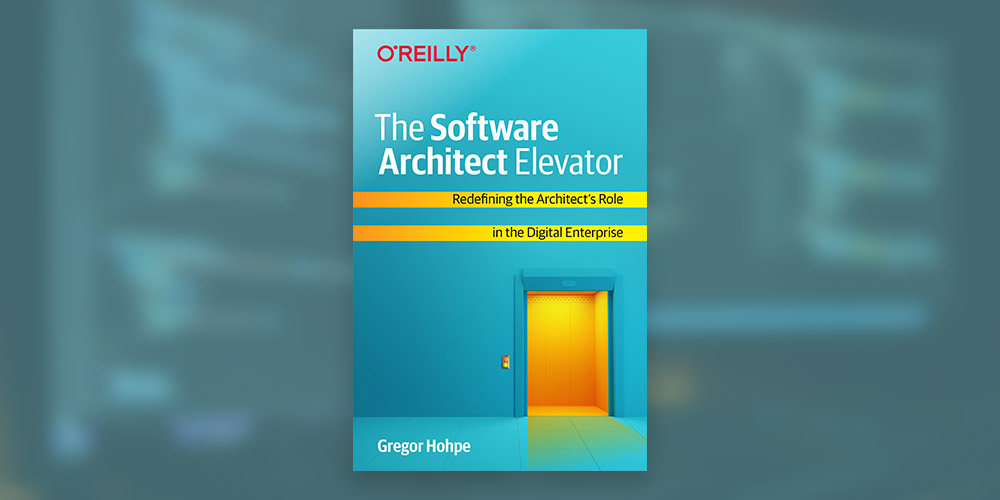
$27.99 Value
97 Things Every Software Architect Should Know
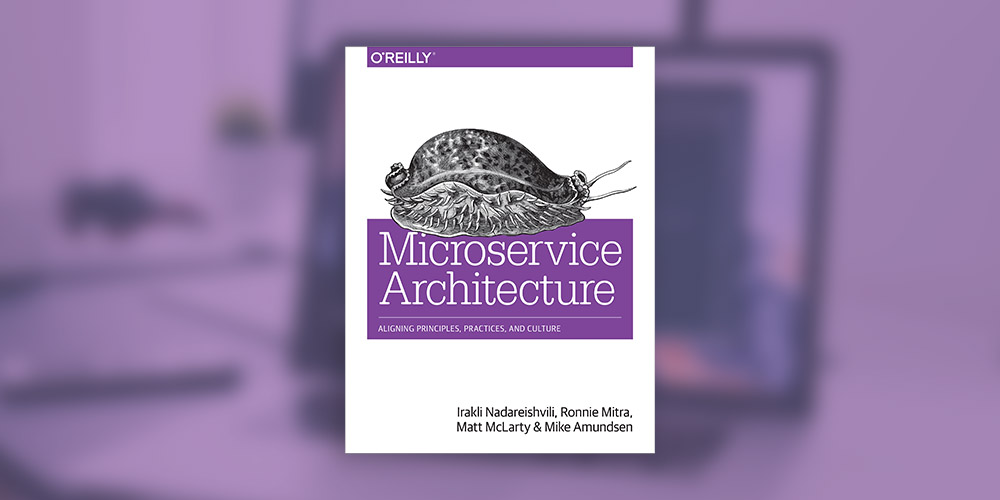
$33.99 Value
Microservice Architecture: Aligning Principles, Practices, & Culture
Terms
- Unredeemed licenses can be returned for store credit within 30 days of purchase. Once your license is redeemed, all sales are final.
- This item is excluded from coupons.
Your Cart
Your cart is empty. Continue Shopping!
Processing order...
